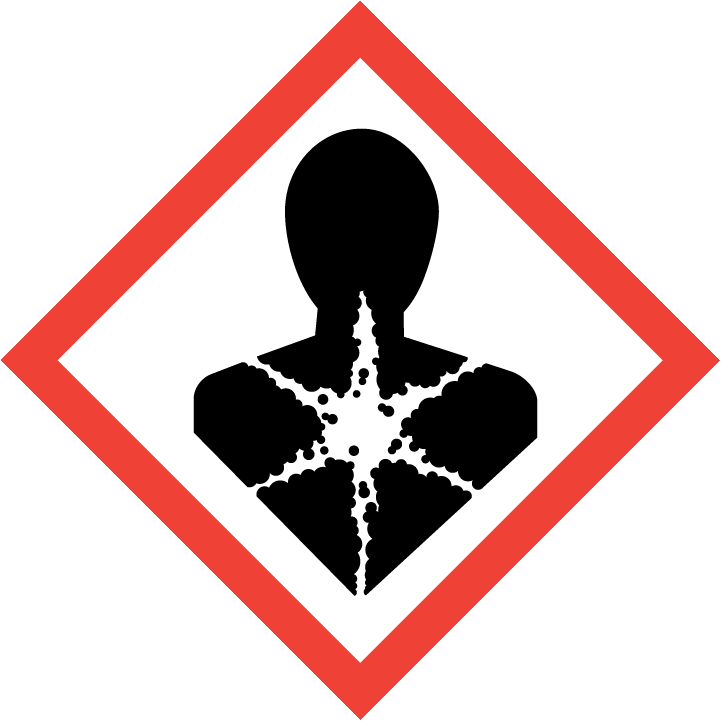| Some toxic materials are categorized by the effect they have on the human body.
Some of the more common ones are given here. |
| |
|
|
 |
| |
|
|
| Carcinogen: |
| |
A chemical that has the potential of causing cancer. |
| |
|
|
| Examples: |
| |
cadmium compounds, lead compounds, and silica (crystalline) |
| |
|
|
| Possible Health Effects: |
| |
various form of cancer, which may occur years after exposure |
| |
|
|
 |
| |
|
|
| |
|
|
| Reproductive toxins: |
| |
A mutagen (causes a change in the genetic material of a living cell) or a
teratogen (causes defects in the developing embryo or fetus). |
| |
|
|
| Examples: |
| |
acetic acid, ammonium hydroxide, hydrofluoric acid, potassium bromide,
lead compounds, beryllium oxide, calcium fluoride, nitric acid |
| |
|
|
| Possible Health Effects: |
| |
birth defects, sterility. |
| |
|
|
 |
| |
|
|
| |
|
|
| Hepatotoxins: |
| |
A chemical that has the potential of causing liver damage. |
| |
|
|
| Examples: |
| |
carbon tetrachloride, 1,2-dichloroethane |
| |
|
|
| Possible Health Effects: |
| |
liver damage |
| |
|
|
 |
| |
|
|
| |
|
|
| Nephrotoxins: |
| |
A chemical that has the potential of causing kidney damage. |
| |
|
|
| Examples: |
| |
beryllium compounds, copper sulfate, lead compounds, potassium dichromate, turpentine |
| |
|
|
| Possible Health Effects: |
| |
kidney damage |
| |
|
|
 |
| |
|
|
| |
|
|
| Neurotoxins: |
| |
A chemical that has the potential to affect the nervous system. |
| |
|
|
| Examples: |
| |
acetone, methanol, potassium permanganate |
| |
|
|
| Possible Health Effects: |
| |
behavioral changes, decreased muscle coordination |
| |
|
|
 |
| |
|
|
| |
|
|
| |
|
|
| Pulmonary agents: |
| |
A chemical that has the potential to affect the lungs. |
| |
|
|
| Examples: |
| |
ammonia, silica, asbestos, hydrogen chloride |
| |
|
|
| Possible Health Effects: |
| |
lung damage |
| |
|
|
 |
| |
|
|






